

Earliest known photo of Charles Dillon Stengel. He was born in 1890, four and a half years before Babe Ruth. (National Baseball Hall of Fame Library, Cooperstown, N.Y.)
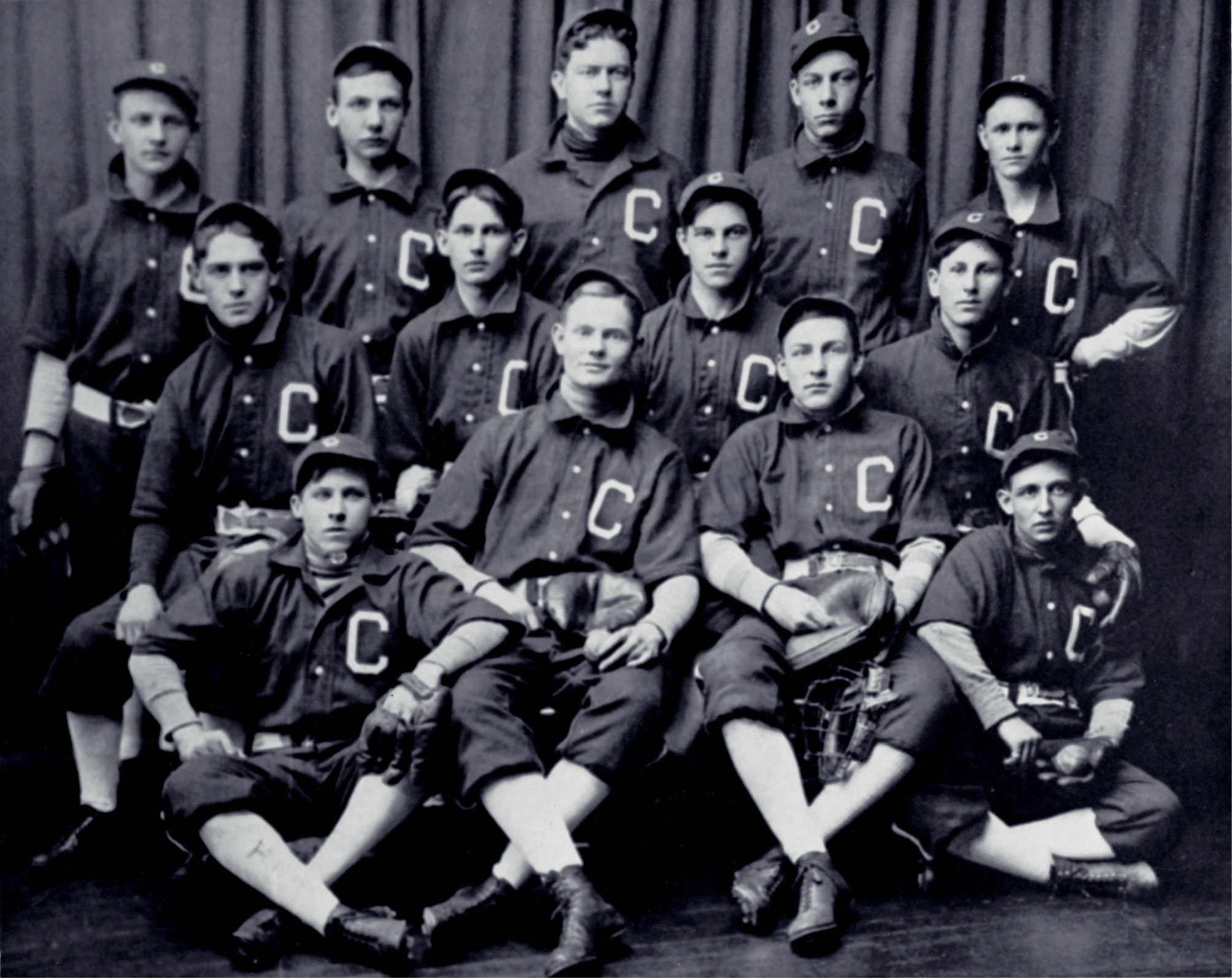

The Central High Eagles baseball team, with “Dutch” Stengel, top left. As a senior, he pitched a fifteen-inning complete game to take the Eagles to the Missouri State Championship.


Stengel played for a traveling amateur team, the Kansas City Red Sox, as his high school days were coming to a close. The initials on his jersey—“K.C.”—would lead to his eventual nickname, “Casey.” (National Baseball Hall of Fame Library, Cooperstown, N.Y.)
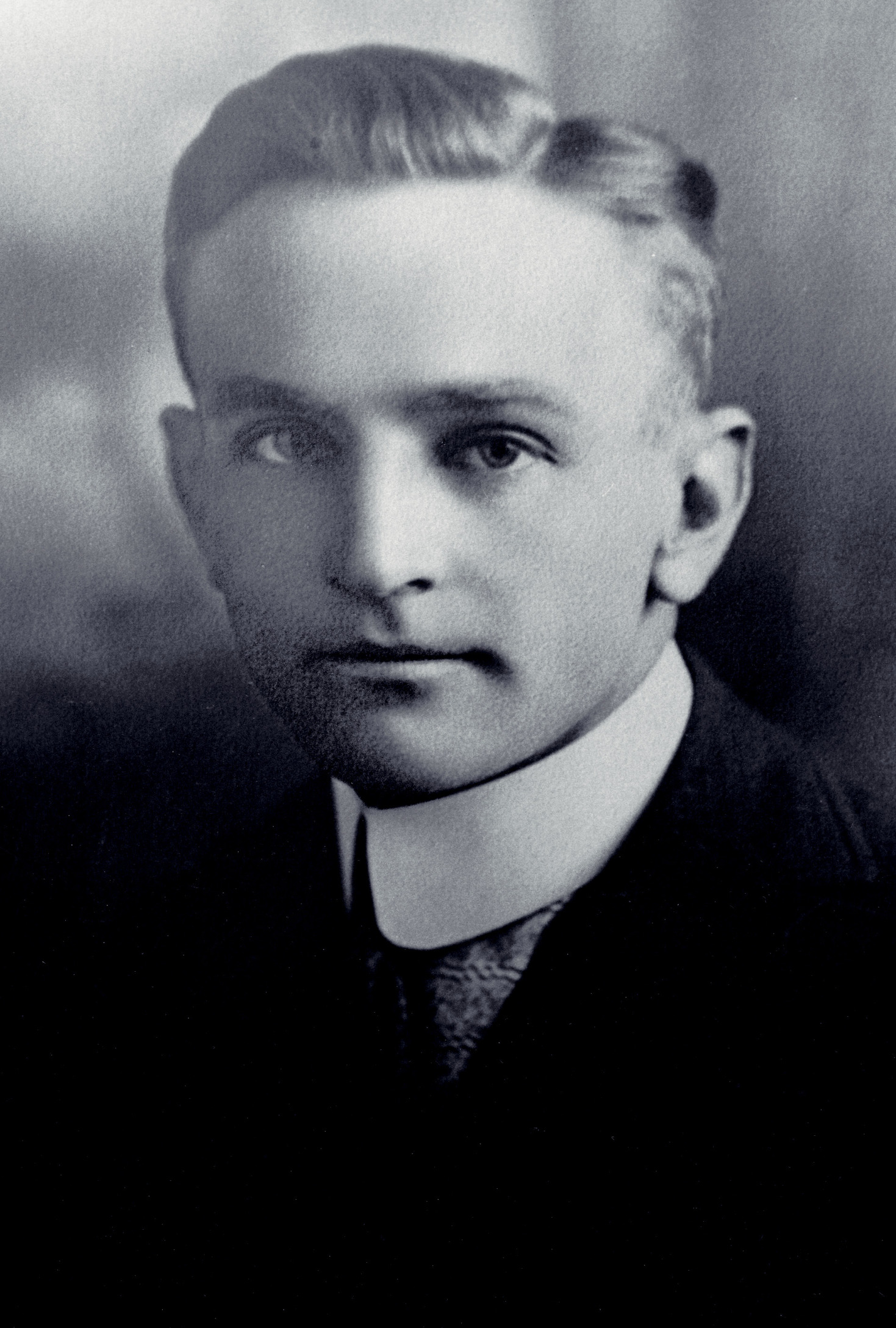

After his first pro season in 1910, Stengel enrolled in Western Dental College, a career detour that did not pan out due to the difficulty in getting left-handed dental equipment.
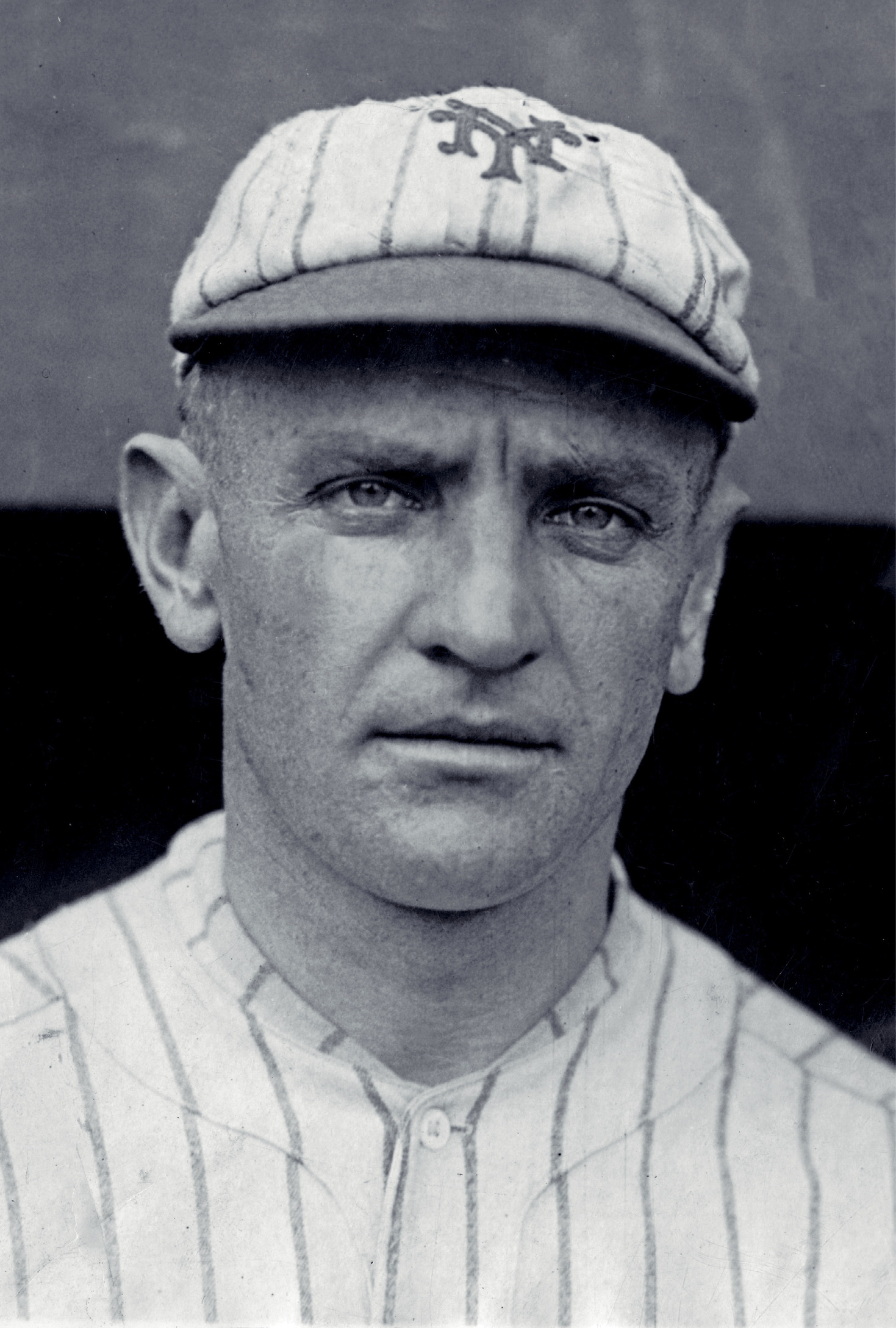

Casey rejoiced at being traded to the New York Giants in 1921, where he got to play for—and learn from—John McGraw. (National Baseball Hall of Fame Library, Cooperstown, N.Y.)
![The Kankakee Kays were called the Lunatics in the local press, their park being located next to an asylum. So, yes, Stengel began his pro career as a Lunatic. (Decatur [IL] Daily Review )](images/Appe_9780385540483_epub3_009_r1.jpg)
![The Kankakee Kays were called the Lunatics in the local press, their park being located next to an asylum. So, yes, Stengel began his pro career as a Lunatic. (Decatur [IL] Daily Review )](images/Appe_9780385540483_epub3_009_r1.jpg)
The Kankakee Kays were called the Lunatics in the local press, their park being located next to an asylum. So, yes, Stengel began his pro career as a Lunatic. (Decatur [IL] Daily Review)


On May 7, 1923, police had to come onto the field at the Polo Grounds to escort Casey off. He had thrown his bat at Philadelphia pitcher Lefty Weinert after being hit by a pitch. (National Baseball Hall of Fame Library, Cooperstown, N.Y.)


October 10, 1923: Casey sliding with an inside-the-park home run—the first World Series home run ever hit in newly opened Yankee Stadium. Hughie Jennings is the third-base coach who followed him home; Bill Evans is the umpire; Wally Schang is the catcher. Casey thought he lost a shoe running the bases. (New York Times)


Casey’s time in Pittsburgh produced this 1919 artist’s sketch for an early trading card, part of the so-called W514 set, which was sold in strips.


After the 1924 season, Casey was invited on a European tour, donning his New York Giants uniform despite being property of the Boston Braves. Here he meets King George V of England as the players lined up after a game.


A contemporary photo of the complicated crossing at Kenmore Square in Boston, where Casey was struck by a car late at night, just before opening day in 1943. He spent fifty-three days in the hospital, and the accident left him with a permanent limp. (Marty Appel)


Casey’s days as manager of the Boston Bees, 1938–43, were not successful. They ran to nine his consecutive second-division finishes, which began with Brooklyn, 1934–36. (National Baseball Hall of Fame Library, Cooperstown, N.Y.)


A much happier time for Casey as manager came with the Oakland Oaks of the Pacific Coast League. And a championship in 1948 propelled him to the New York Yankees manager job. (National Baseball Hall of Fame Library, Cooperstown, N.Y.)


Casey was a commanding figure in the Yankees dugout, and his Yankee success was historically unrivaled. Still clownish when he chose to be, he was generally all business during the games. (National Baseball Hall of Fame Library, Cooperstown, N.Y.)


A 1949 Yankee Stadium photo of Casey, the rookie manager of the Yankees. He wore a long-sleeve #37 jersey, inherited from his predecessor, Bucky Harris. (National Baseball Hall of Fame Library, Cooperstown, N.Y.)


Casey had Billy Martin at Oakland, and then with the Yankees. The 1957 trade of Billy to Kansas City broke the infielder’s heart, but not Casey’s. “[Billy] took it too personally. It was the business he was in. Trades happen.” (National Baseball Hall of Fame Library, Cooperstown, N.Y.)
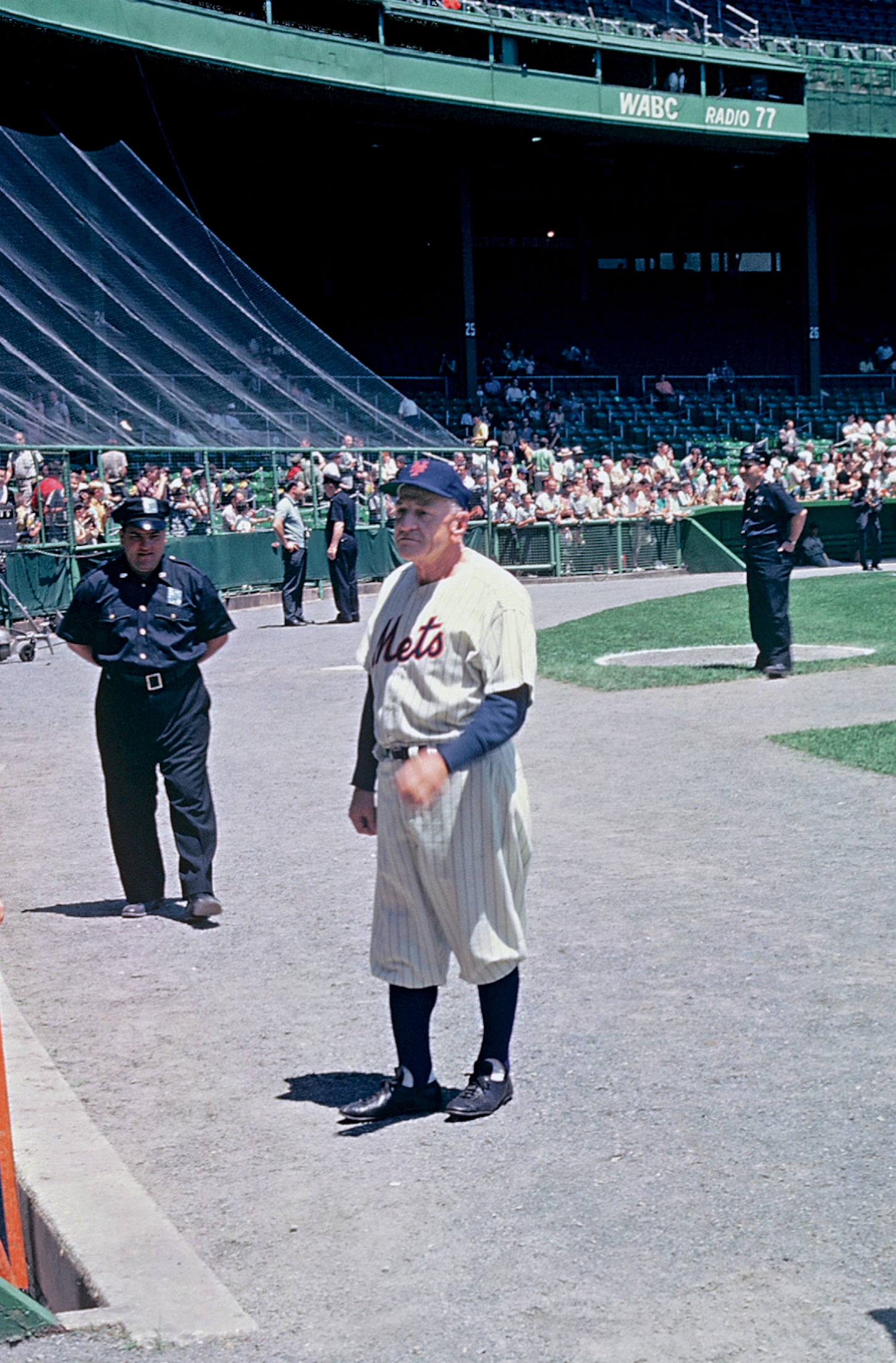

Hired by George Weiss to manage the expansion New York Mets in their first season, Casey got to return to the Polo Grounds, where he had played for the Giants forty years earlier. (Lew Lipset/Fantography.com)
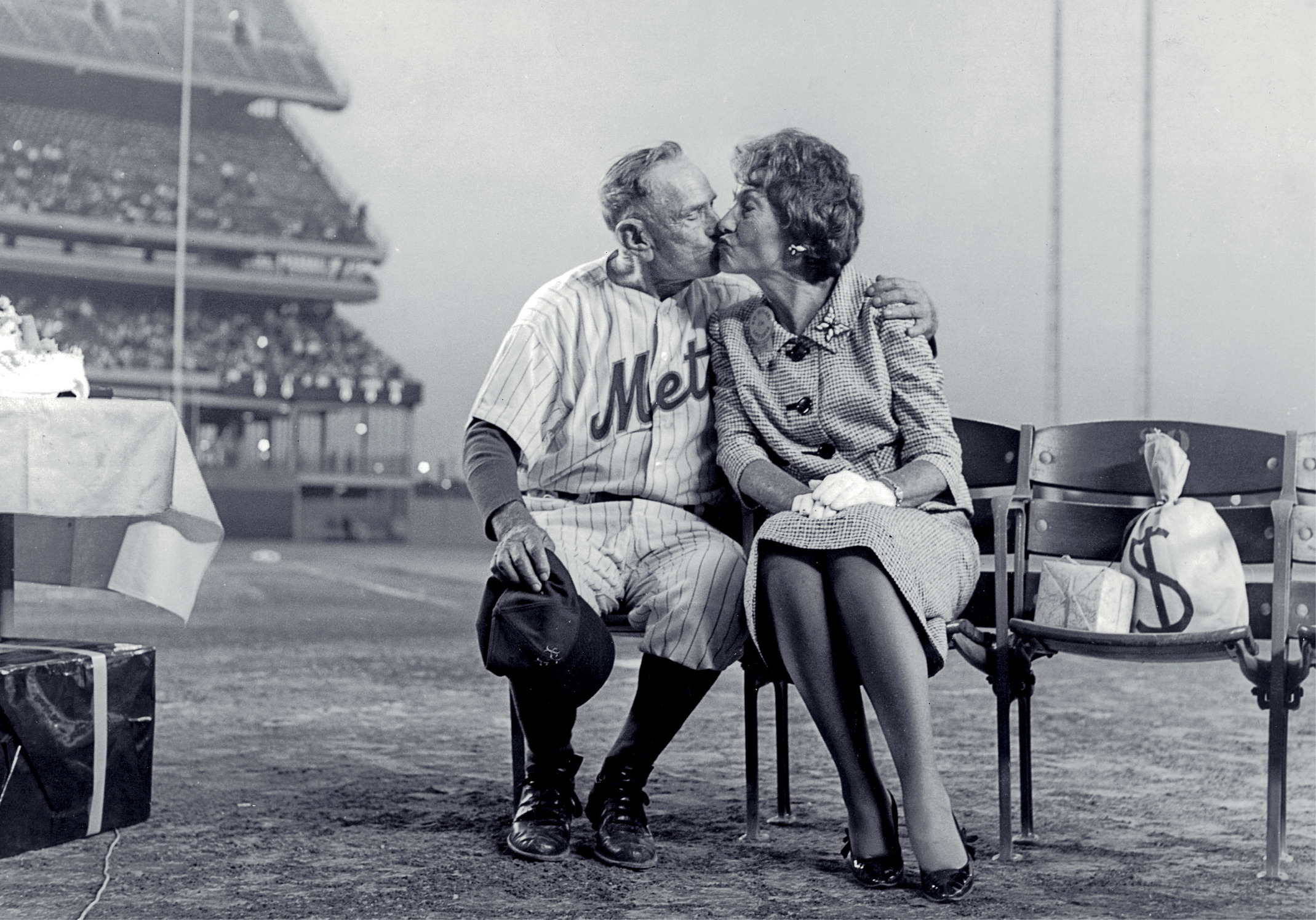

Casey and his beloved Edna on the field at Shea Stadium, where they were presented with original Polo Grounds seats. That was where Edna was seated the day she and Casey first met in 1923. (Courtesy New York Mets)
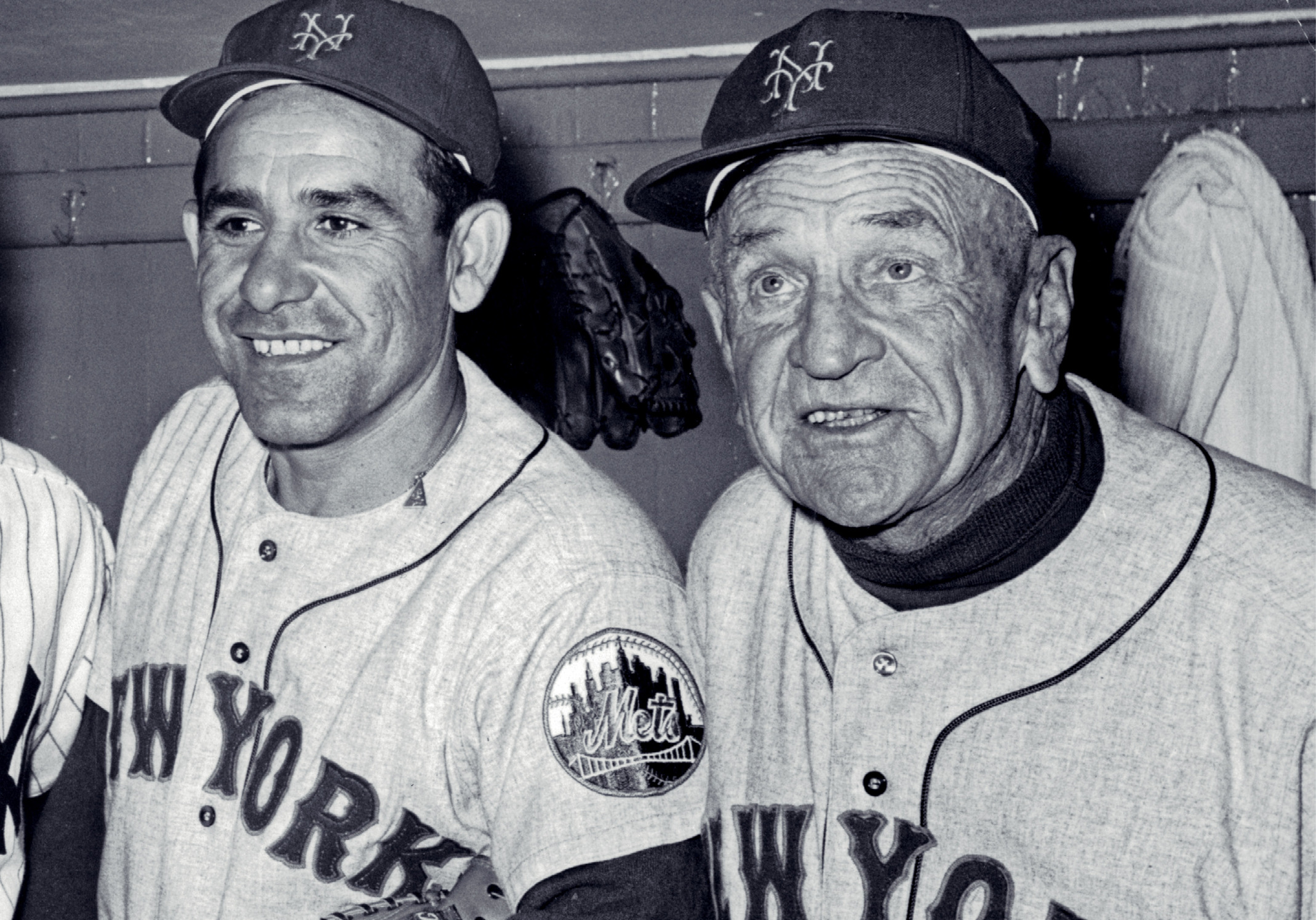

Casey and Yogi Berra were reunited on the Mets in 1965, after twelve years together on the Yankees. Stengelese and Yogisms had by then become part of the nation’s language. (National Baseball Hall of Fame Library, Cooperstown, N.Y.)


Casey is escorted onto the field at a Mets Old-Timers’ Day by club owner Joan Payson. The two of them died five days apart in 1975. (George Kalinsky)
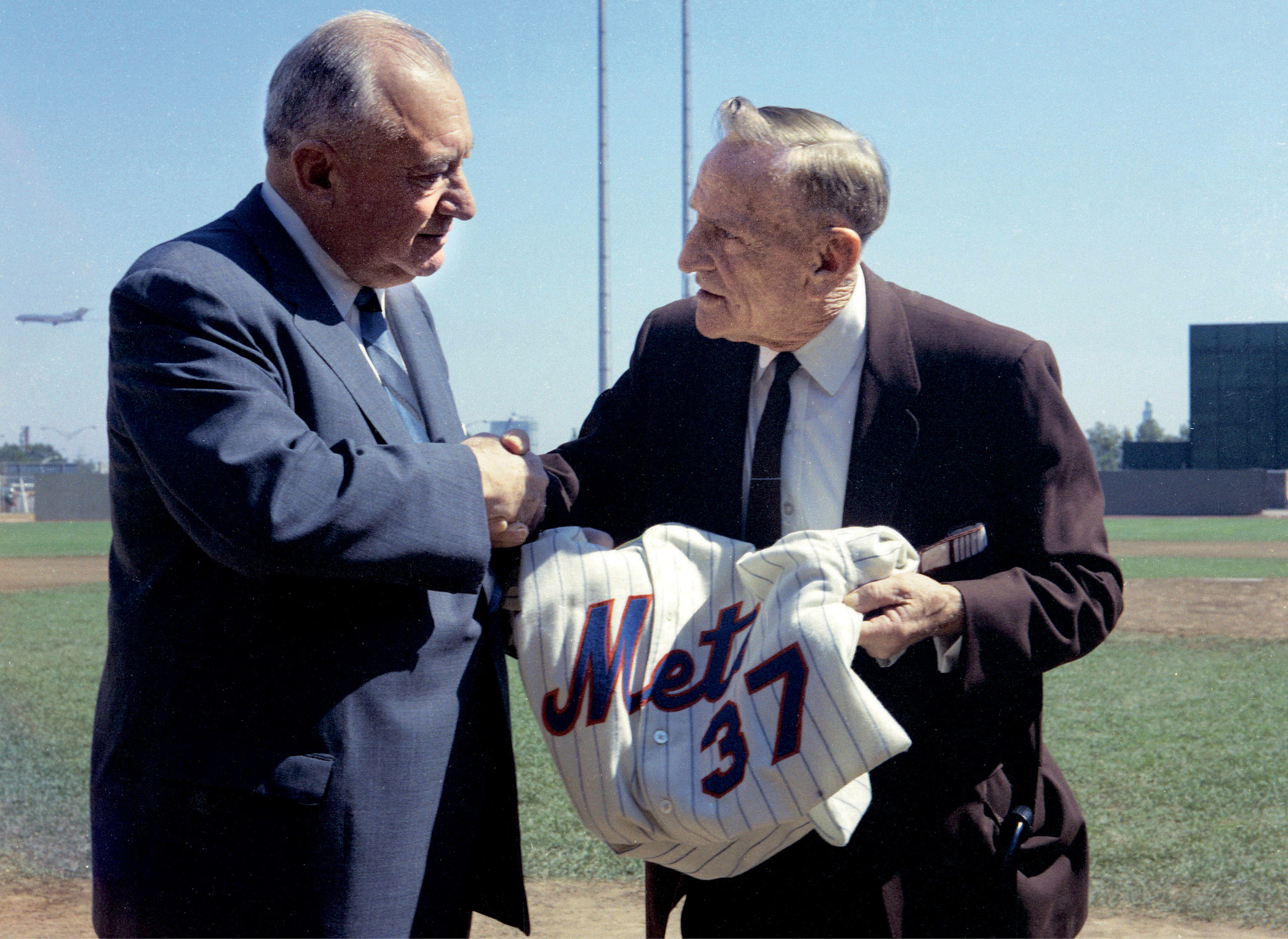

Casey was forced to retire as Mets manager in 1965 following a broken hip. In a press-only ceremony at Shea Stadium, Casey’s longtime partner George Weiss presented him with his now retired #37. (Courtesy New York Mets)


Casey went into the Baseball Hall of Fame with Ted Williams in 1966. The five-year waiting period was waived for Casey. (National Baseball Hall of Fame Library, Cooperstown, N.Y.)


This casting of the sculpture of Casey Stengel by Rhoda Sherbell, originally completed in 1965, stands in the National Portrait Gallery of the Smithsonian Institution. (Rhoda Sherbell, National Portrait Gallery, Smithsonian Institution)


During a “team photo” at the Yankees’ 1973 Old-Timers’ Day, Joe DiMaggio (left) and Mickey Mantle reach across Casey and his successor, Ralph Houk, to shake hands. Longtime pitching coach Jim Turner is behind Casey, Phil Rizzuto is to Mantle’s left. (Irv Welzer)
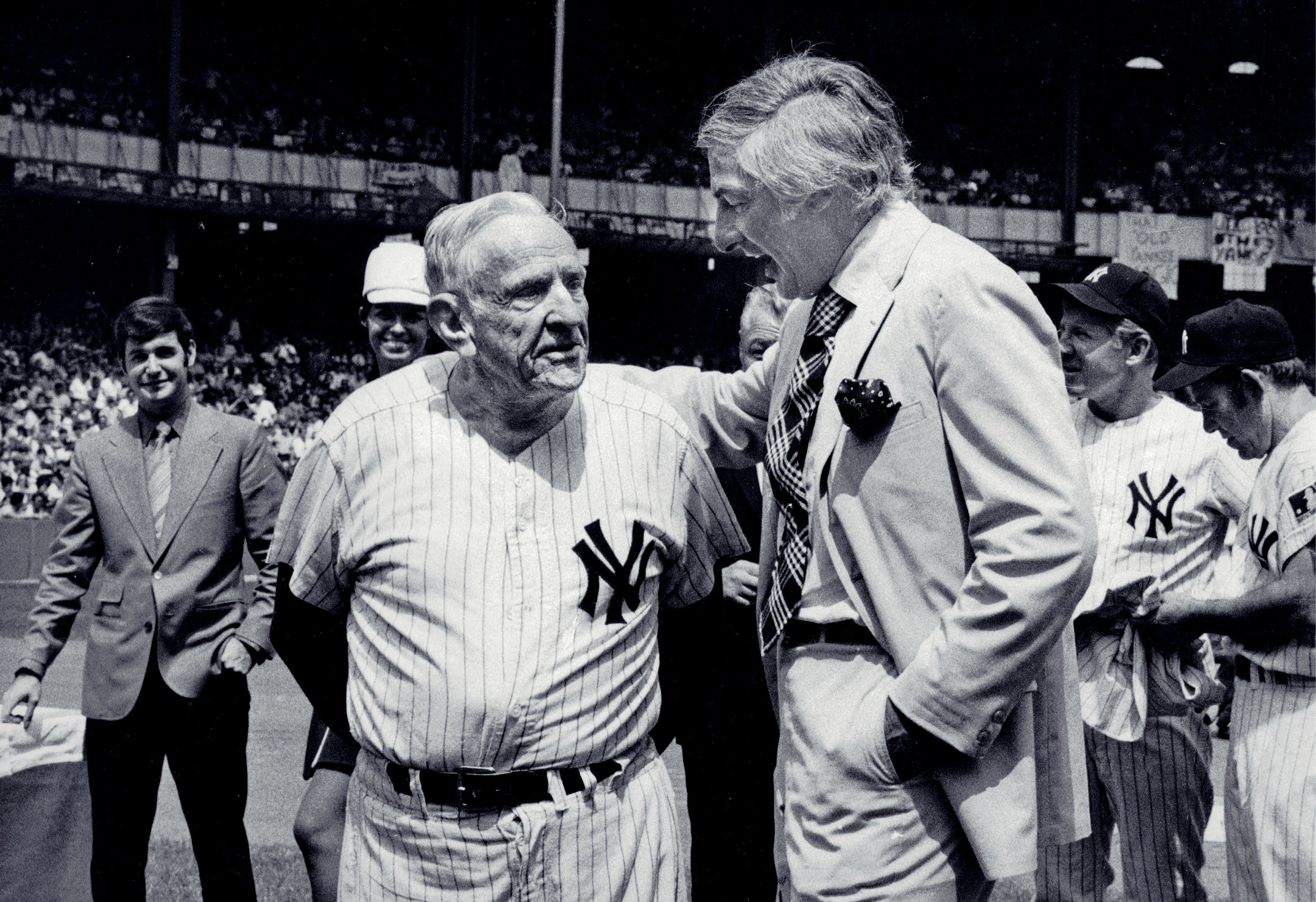

Yankees president Michael Burke welcomes Casey to his first Old-Timers’ Day return in 1970, ten years after the previous ownership had fired him. On the right, Whitey Ford and Yogi Berra prepare to present Casey with his retired #37 uniform. The author is on the left. (Louis Requena)


Casey reenacts his “bird flying out of his hat” moment (originally done at Ebbets Field in 1918) during an Old-Timers’ Day appearance at Dodgers Stadium. It was one of his final public appearances. (Los Angeles Dodgers)
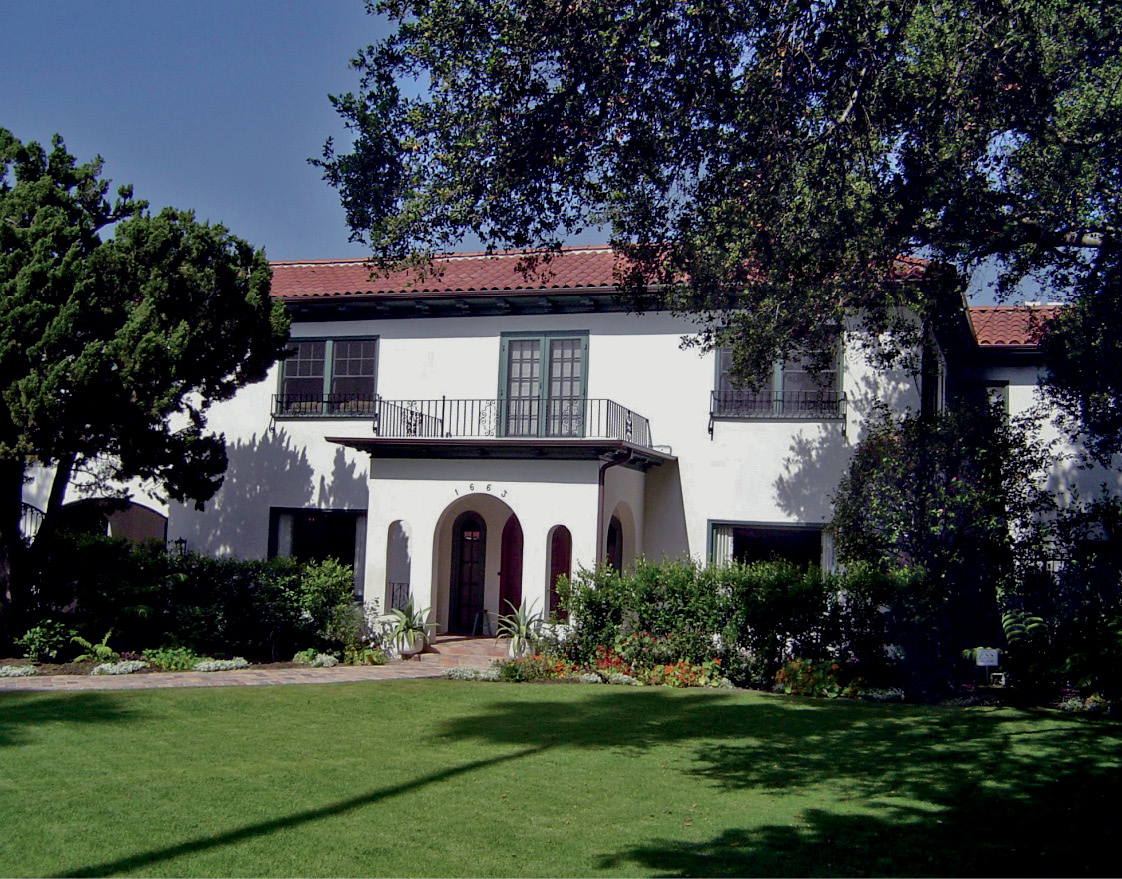

Casey and Edna Stengel’s “splendid” home on Grandview Avenue in Glendale, California, where they resided from 1924 to 1975.


Casey’s den in the Grandview Avenue home was filled with memories of sixty-five years in baseball—even more if you count the school bell from Central High School. (Janet Allen, estate of Maury Allen)


Bobby Case with Casey on his and Edna’s Polo Grounds seats, poolside, at the Grandview Avenue home, late in Casey’s life. Bobby was hired as a general assistant by Casey and “did what needed to be done” for the last ten years of Casey’s life. (Bob Case)